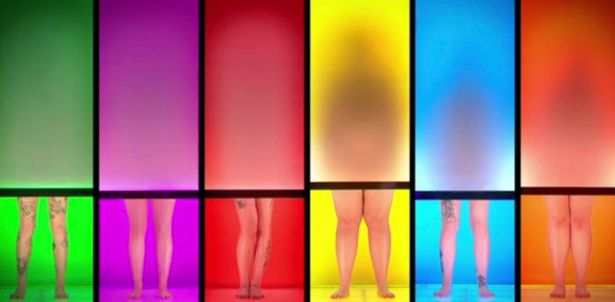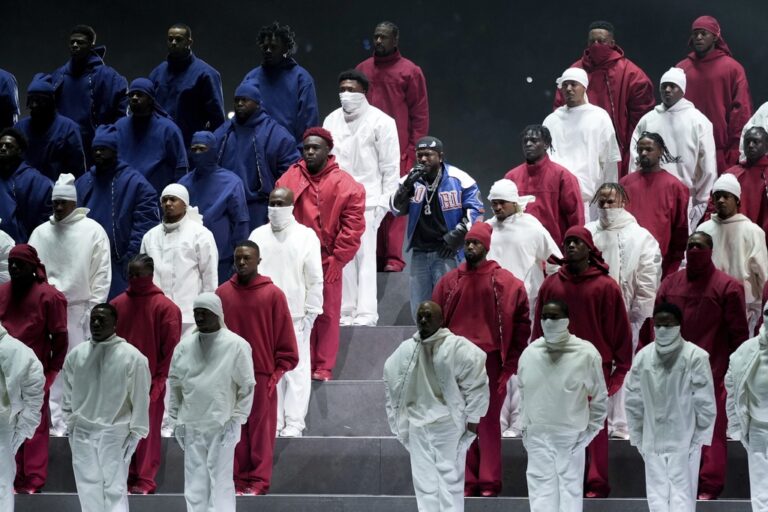
In his recent New York Times op-ed, Ross Douthat paints a bleak portrait of our digital age, arguing that the rise of technology is pushing humanity through a cultural “bottleneck,” an extinction-level event for traditional art, community, and even human connection. Novels, churches, marriages, real friendships: all, apparently, are on the verge of vanishing, courtesy of the internet. It’s a powerful piece, but it embodies everything wrong with how we talk about technology and culture today.
Douthcat’s framing is deeply flawed. He treats technology as an essentially autonomous force. To him, it’s as if humans have no agency, no say in how new tools and platforms are integrated into our lives. It’s an oddly passive view of humanity, one that reduces complex phenomena like declining marriage rates, increased celibacy, or evolving artistic tastes to simple cause-and-effect relationships with tech. That’s not analysis. That’s reductionism.
I also take issue with the word extinction itself. Extinction carries a finality, a loss so absolute it leaves nothing behind. But culture doesn’t simply disappear – it evolves. It morphs, it adapts, it moves through time in ways that are sometimes tragic, sometimes exhilarating, but always in motion. To look at phenomena such as raves held in abandoned churches and see only loss is to miss the point entirely: people are still gathering, still searching for connection, still reaching toward something transcendent, just in new forms. It isn’t death. It’s transformation.
Or consider BookTok, where millions of young people, many of whom were supposedly lost to screens, are trading book recommendations, launching debut authors into fame, and reviving interest in poetry and fiction. It may not look like a university seminar or a dusty library, but it’s still people reaching for story, meaning, and shared experience.
Douthat is not wrong that we are shifting away from certain traditional modes of living. The virtual does occupy more space in our lives than ever before. But his all-or-nothing thinking — a classic cognitive distortion — lacks the preliminary nuance necessary to understand the layers of contemporary life. The digital realm isn’t swallowing the real; it’s creating new contexts where meaning is still made, shared, and fought over.
There’s a dangerous weight to arguments like Douthat’s, especially when they come from influential platforms. Phrases like “making existence at a human scale obsolete” make it seem like we’re all sliding, helplessly, into some preordained void. But the truth is messier and far more hopeful. People are making choices. They are building new communities, new traditions, new forms of belonging.
Yes, we live in a world where virality accelerates trends, where attention is fragmented, where the push toward the new is relentless. But to claim this as uniquely catastrophic is to ignore history. Languages have always risen and fallen. Political ideologies have always bloomed and withered. Musical forms, religious practices, entire artistic movements have forever been in flux. Technology amplifies these shifts, yes, but it didn’t invent them.
If anything, the internet reflects the deep human need for connection, not its disappearance. Look at TikTok. Look at Discord. Look at Twitch streams where millions tune in, not for spectacle, but for the comfort of a shared experience. The need for community is not gone — it’s louder than ever.
Douthat’s nostalgia for a lost “human scale” also flattens the past into a golden age that never really existed. Great art hasn’t vanished; it’s just harder to find amid the noise. That doesn’t mean it’s not there. It’s not the internet’s fault if the most popular Netflix show isn’t your cup of tea. Meaningful, difficult, beautiful art still exists for those who seek it. To read Douthat’s piece sometimes feels like listening to an aunt dismissing rap music as “not real art” or scoffing at skateboarding in the Olympics. What counts as valuable culture, and what doesn’t, has always been a political decision, shaped by power, taste, and access.
What’s truly dangerous isn’t technology itself. It’s the impulse to mythologize the past, to elevate certain traditions while dismissing the innovations happening right now. That posture, whether Douthat admits it or not, is deeply political. It’s a way of choosing whose stories, whose art, whose ways of being get to count. And whose get written off as extinction.
In the end, Douthat’s call for intentionality is valid. We do need to be deliberate about what we preserve, what we create, what we pass on. But the challenge isn’t fighting against technology. It’s using it, consciously, to build the kind of human future we want. Not one that mourns the past into paralysis, but one that recognizes life’s constant, complicated reinvention.
The Zeitgeist aims to publish ideas worth discussing. The views presented are solely those of the writer and do not necessarily reflect the views of the editorial board.



